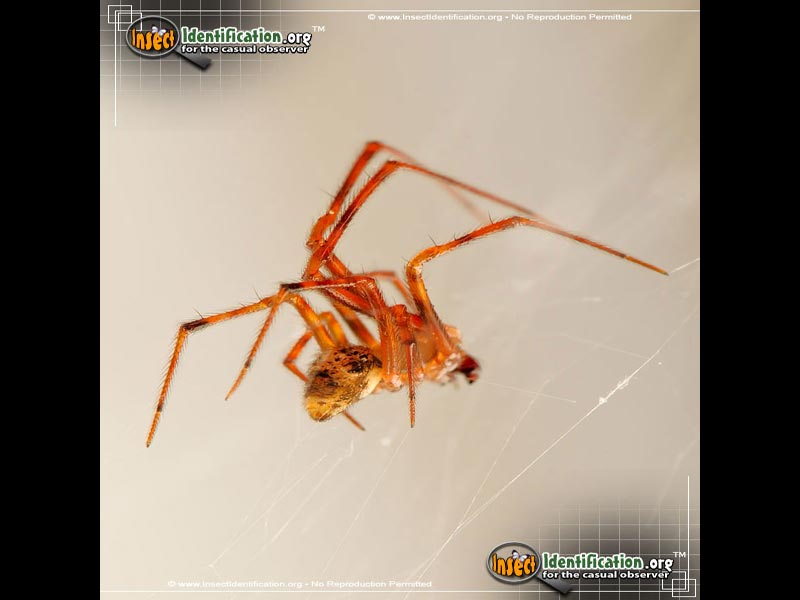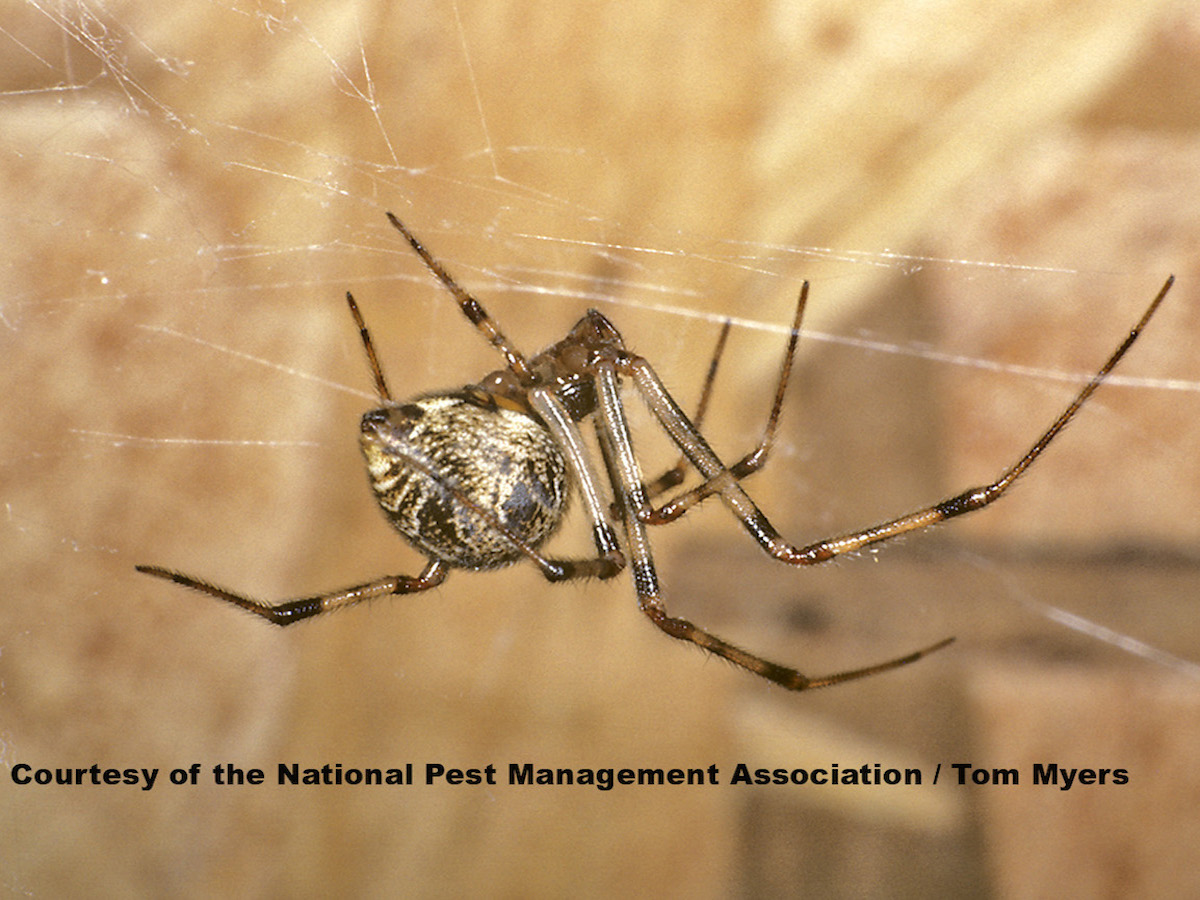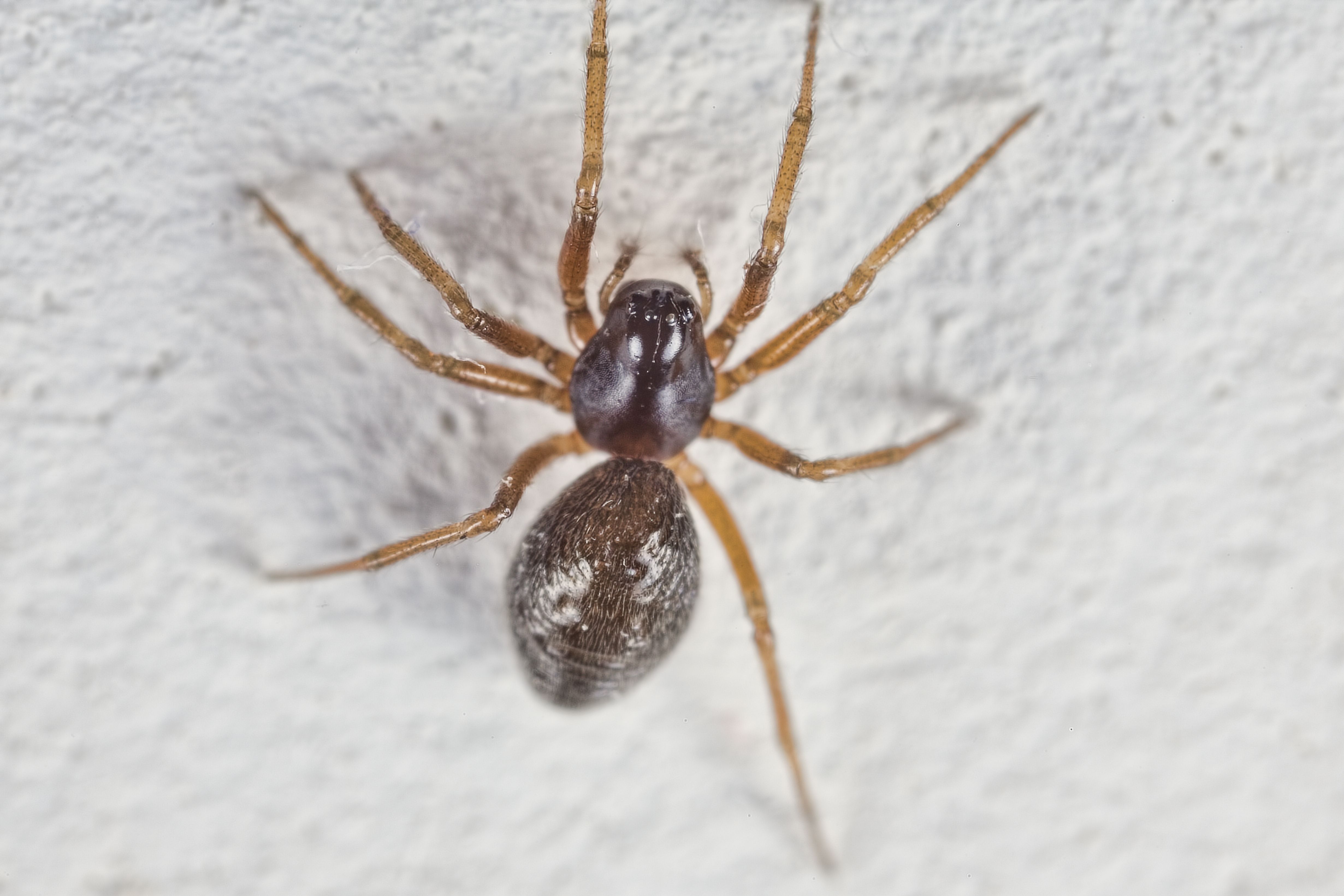Table Of Content

In homes, it is most often encountered in damp areas such as basements and crawl spaces. Because this spider frequently abandons its web to build a new one nearby, it can produce many webs in a short period of time. Another widespread species is Tegenaria domestica, aka domestic house spider, which is native to Europe but has also become cosmopolitan with human help. It first appeared at U.S. shipping ports in the 1600s, and is now found across most of North America as well as Europe and western Asia.
Common House (Parasteatoda tepidariorum)
Additionally, the furry brown or black jumping spider looks frightening with its hairy body and white spots, but it is generally not harmful. Crawford notes that suspected "wolf spiders" are often just male European house spiders, which tend to roam around more than females do. Although many house spiders weave webs, a few mix things up by actively hunting prey. It's not always easy to tell indoor and outdoor spiders apart, but it might help to study the eyes more than markings or other features.
Widow Spiders
They prefer hiding in crevices, closets, around doors, and basements. Although venomous, the brown widow spider’s bite isn’t as severe as the black widow. American house spiders are common in corners of rooms, window frames, and furniture. You’ll also find them in dark places like attics, crawl spaces, under furniture, and sheds. Still, deferring to spiders on a camping trip isn't the same as sharing our homes with them.
Brown Spiders

Although this small brown spider only measures 0.08” to 0.39” (2 – 10 mm), it has an enormous leg span of 2” (50 mm). In addition, the small spider has six eyes arranged in groups of three. A black widow is most likely to bite after laying eggs and guarding their egg sacs, but only when disturbed. Widow spiders range in color, as there are both brown and black widows, but both have a distinct reddish-orange hourglass shape on the underside of their abdomen.
Spiders Don't Use Plumbing to Sneak Inside
“The hobo spider can inflict a painful bite that results in localized red swelling and some pain, but no necrotic lesion,” Potzler says. Usually, symptoms will get better within 24 hours with OTC painkillers and ice. Bug experts explain the spiders that like to creep indoors and whether or not their bites can harm you. Harvestmen are easily recognizable by their small round bodies and eight exceedingly long legs. In addition, you can tell harvestmen apart from spiders because they have a fused body. Although technically not classed as a true spider, harvestmen have many of the characteristics of spiders.
Common Types of Spiders With Venomous Bites
Does a spider's evolutionary seniority really give her free rein over habitats built by and for humans? Maybe not, but ousting spiders from any house is a herculean task. Not only are they stealthy and stubborn, but they've been living with us for a very long time. In fact, many house spiders are now specially adapted to indoor conditions like steady climate, sparse food, and even sparser water.
Everything you think you know about spiders is wrong - National Geographic
Everything you think you know about spiders is wrong.
Posted: Fri, 12 Jan 2024 08:00:00 GMT [source]
Please continue reading to learn more about common indoor house spiders. Steatoda grossa, aka cupboard spider, has similarly expanded far beyond its native Europe, including North America and Australasia. Varying in length from 4 to 11 millimeters, this spider is known for messy webs that contribute to indoor cobweb buildup. It's also one of several Steatoda species known as a "false black widow" because people commonly confuse it with that highly venomous spider. Not only does it lack the black widow's red hourglass, however, but its bite is more like a bee sting. Read on to learn more about some of the most common house spiders, including which are harmless or potentially dangerous and what they look like.
Harvestmen are typically small brown creatures with long, delicate arching legs. Some harvestmen species have brown bodies with a mottled pattern on their backs. Non-aggressive orb weaver spiders only occasionally find their way into homes. However, you will notice them due to the large, sheet-like spoked webs they spin.

In fact, given this spider's tendency to populate houses, plus the paucity of reported bites in the literature, it is apparent that the house spider does not often bite people. The few recorded and verified bites were accompanied by pain (increasing for one hour), red mark, or redness, with the duration of pain being 4 to 24 hours. Sealing potential entry points may not affect house spiders, since they don't sneak in from outside, but it could limit incursions by other spiders. And if it also prevents insects from getting inside, it may indirectly reduce your house spiders by limiting their food supply.
Madeleine, Prevention’s assistant editor, has a history with health writing from her experience as an editorial assistant at WebMD, and from her personal research at university. “My advice, try not to squish spiders on walls or carpets as they may leave a stain,” she says. Also, while this method may be a knee-jerk reaction, remember that spiders are nimble. You may lose the spider in the chase and be left with a greater anxiety of where the spider managed to scurry off to, she warns. While they can bite, it won’t usually cause an issue for most people, Potzler says.
This species is slightly smaller and has a pale gray body and legs. However, the furry house spiders are relatively timid and tend to avoid contact with humans. The small brown spider has a bulbous abdomen, long legs, and the appearance of a brown widow spider. When trying to determine if you're dealing with cellar spiders or harvestmen, look at their body shape. Cellar spiders are a yellow color and have two distinct body parts including a long, skinny abdomen.
Common house spiders might be seen on multiple webs close together or a web with more than one spider. If house spiders find a good spot with plenty of food, they do not mind if another spider produces a web nearby. However, if the webs are too close, the spiders might attack each other. In the house, the yellow sac spider typically lives in the corners of walls and ceilings, where it stays undisturbed.
The black house spider is identified by its dark gray to black oval abdomen covered in tiny white markings. Also, the spider has a huge leg span of 1.1” (28 mm), making it appear larger. Identifying features of the common American house spider are its bulbous dark brown body with mottled patterns, long creamy-white and tan legs, and a small, brown-colored head. Identification of brown spiders can be difficult because they all have very similar markings and colorings.
In addition, the six-eyed spider has a distinctive violin pattern on its cephalothorax, making it easy to distinguish from the common house spider. The black widow spider is easily recognized by its shiny black body with a red hourglass marking. Black widows with red markings have a bulbous abdomen, long glossy black legs, and a small head. Depending on the species, the abdominal marking on the black spider’s underside can be pinkish, orange, or deep red. Identifying common house spiders is a great way to ensure you handle them correctly. Although most spiders in homes don’t bite and are not dangerous, there are a few exceptions.
Parasteatoda tepidariorum is a cosmopolitan spider that is widely distributed throughout most of the world. It is extremely common in barns and houses, where it constructs webs in the corners of walls, floor joists, and windows. The common house spider may also be found outside under objects such as rocks and boards, as well as beneath bridges and similar structures.

No comments:
Post a Comment